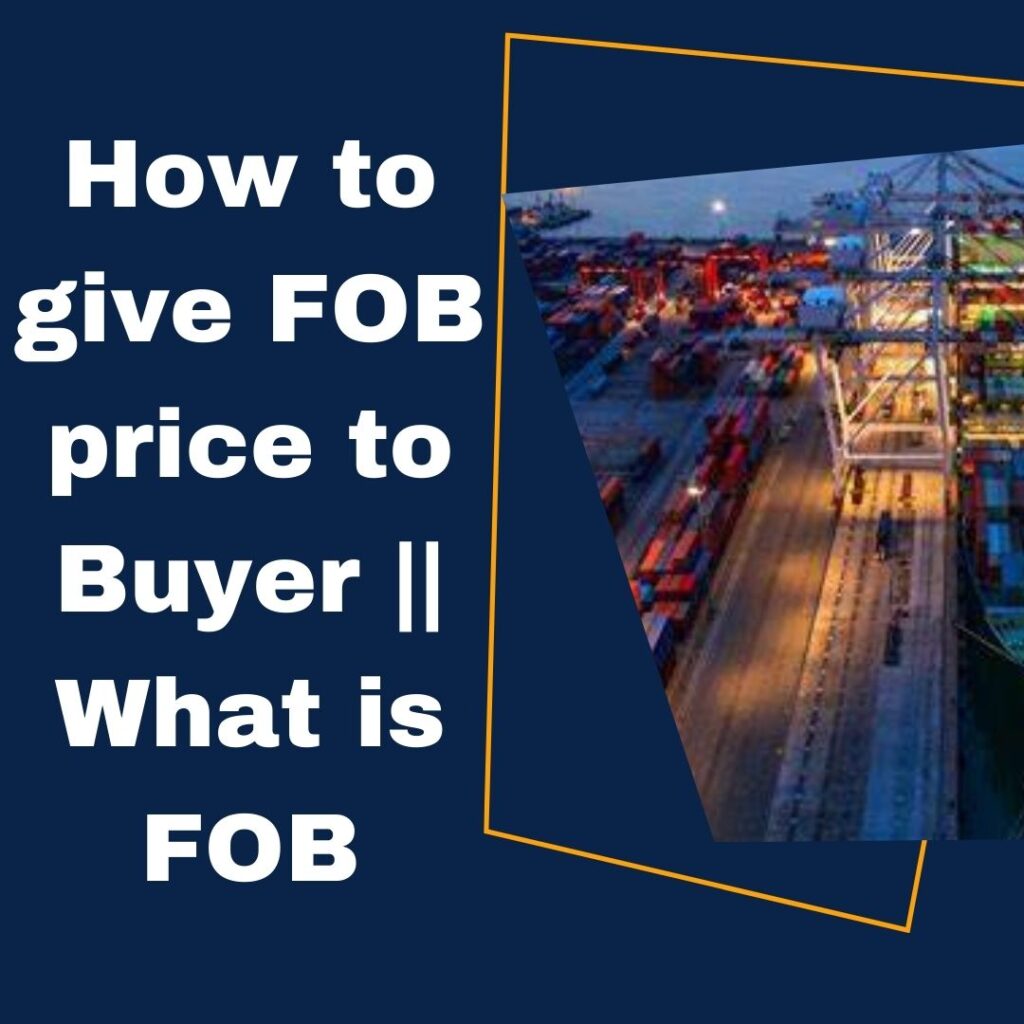Understand FOB Terms: Ensure you understand the FOB terms and agreements. FOB could be FOB Origin or FOB Destination. FOB Origin means the buyer takes responsibility once the goods leave the seller’s location, while FOB Destination means the seller is responsible until the goods reach the buyer’s location.
Calculate Costs: Calculate all costs associated with getting the goods to the agreed-upon location. This includes production costs, packaging, inland transportation to the port, export fees, customs duties, and any other expenses related to getting the goods on board.
Determine the FOB Price: Once you’ve calculated all costs, set your FOB price. This price includes the cost of goods plus all the costs involved in getting the goods to the specified location. Make sure it’s clear what is covered in this price (e.g., loading onto the ship, export fees, etc.).
Communicate Clearly: Clearly communicate the FOB price to the buyer. Specify whether the price is FOB Origin or FOB Destination, what is included in the price, and any terms or conditions associated with the agreement.
Negotiate if Necessary: Sometimes, buyers might negotiate certain terms, especially if they want specific responsibilities or costs to be covered. Be open to negotiation while ensuring that your costs are adequately covered.
Remember, providing an FOB price requires an understanding of logistics, shipping, and associated costs. It’s crucial to be clear and transparent in your communication to avoid any misunderstandings between you and the buyer.
fobincoterms #FOB #whatisfobquotation #whatisfo #freeonboard #whatiscif #fobpricemeaning #fobfullform #fobprice #fobshippingmeaning #howtogivefobpricetobuyer #fobdilevery #freeonboardincoterms #freeonboardfob #freeonboard&cif #incoterms #cfs #containerfreightstation #whatiscfs #whatisfobinshipping #whatisfobinexportimport #exwork

